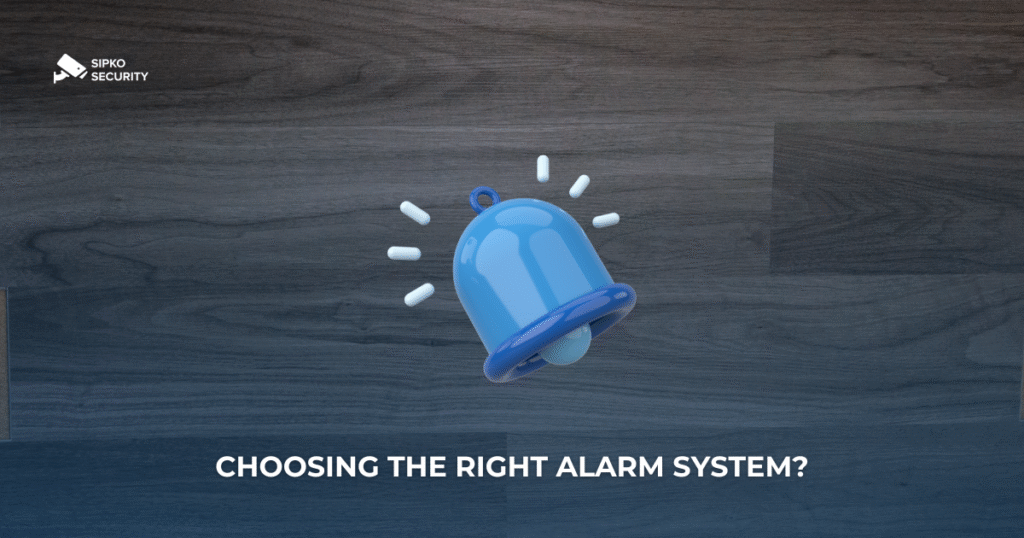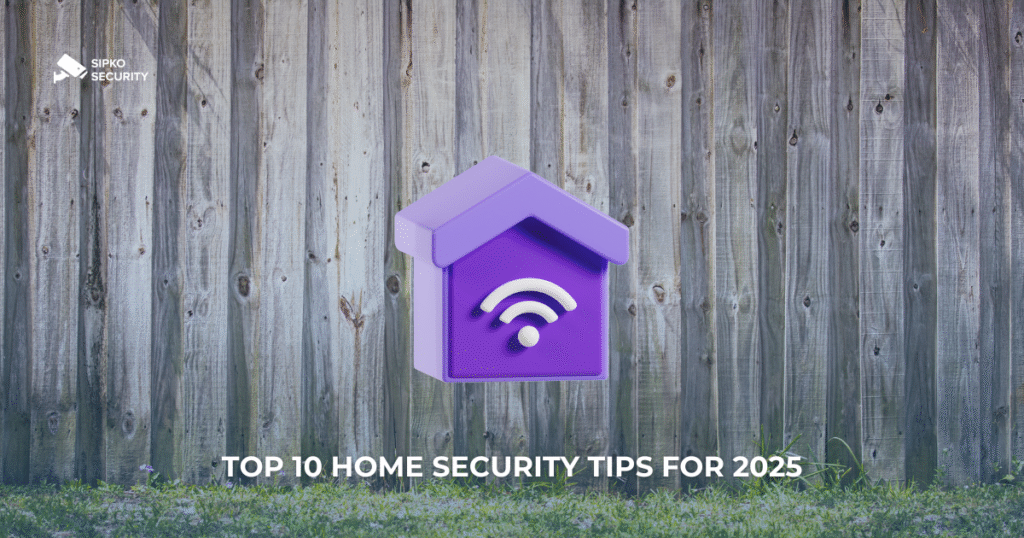It was just after 2 a.m. when a Brighton café owner got the call no one wants — motion detected inside your premises. Their decade-old alarm showed no alerts, no footage, no evidence. The system failed silently. Across Melbourne, many homes and businesses still rely on outdated panels that no longer match modern threats.
Below is an expanded guide — five red flags your alarm is past its prime, a 15-minute health check, practical upgrade paths, steps to cut false alarms, and a simple care plan.
5 warning signs your alarm is past its prime
1) Still on a landline (PSTN)
Panels that report over copper are increasingly unreliable as services migrate to IP/cellular.
- Risk: communication can drop without notice; events never reach monitoring.
- Fix: add a 4G/5G communicator or IP module; place the router/panel on UPS; test event delivery.
2) No mobile app control
Modern panels support arming, status, and push notifications on your phone.
- Risk: you can’t act in real time if you don’t see the alert.
- Fix: upgrade to an app-enabled panel/communicator; enable notifications and event logs.
3) No integration with CCTV or smart devices
Old alarms operate in isolation; today they should “talk” to cameras, lighting, doorbells, and smart locks.
- Risk: reaction without evidence or deterrence.
- Fix: link alarm triggers to camera clips, switch on lighting, and control locks for containment.
4) No firmware updates or end-of-support
Unsupported panels accumulate known vulnerabilities and bypass methods.
- Risk: more ways to defeat the system.
- Fix: choose current models with OTA updates; schedule maintenance windows for upgrades.
5) Frequent false alarms
Often caused by ageing sensors, poor zoning/sensitivity, or stale programming.
- Risk: “alarm fatigue” — real events get ignored.
- Fix: use dual-tech PIR in tough areas, validate with door/window contacts, tidy entry/exit logic.
15-minute health check (do this today)
A. Connectivity & alerts
- Trigger a test alarm: confirm local siren and push/SMS/call/monitoring event.
- Simulate failure: pull internet and mains — check battery and secondary path take over.
B. Sensors & zones
- Run a walk-test for every sensor; verify each trips on the panel.
- Remove false-alarm drivers: pets, warm air drafts, drapes, reflective glass.
C. Log & access
- Review the event log: arm/disarm, tampers, faults, “silent” zones.
- Rotate user codes; remove generic/shared codes; set correct user roles.
Upgrade paths (pick what fits your site)
1) Add a communicator
Retrofit a 4G/5G or IP module with an app. Keep existing wiring/sensors; gain push alerts and redundancy.
- Pros: fast, budget-friendly; Cons: old panel limits remain.
2) Replace the panel “core”
New control panel + keypad/sirens; reuse good sensors. Modern logic, app, and reporting.
- Pros: future-proof; Cons: more labour; zone re-mapping.
3) Integrate with CCTV & smart devices
Tie alarm events to camera clips, lighting scenes, intercoms, and smart locks.
- Pros: stronger deterrence + evidence; Cons: requires compatibility and careful tuning.
4) 24/7 professional monitoring
Send events to a licensed monitoring centre for verification and escalation.
- Pros: faster response, audit trail; Cons: monthly fee.
Cut false alarms, boost signal
Targeting
- Use dual-tech PIR where drafts or glass cause issues.
- Pair motion with contact or glass-break for two-factor triggers.
Logic
- Set realistic entry/exit times and routes; remove “long detours”.
- Require two distinct events at night (e.g., motion + door) for external calls.
Video verification
- Attach pre/post alarm clips from key cameras to each event.
- Use line-crossing/zones outdoors instead of basic motion.
Power & redundancy
- Test batteries yearly (panel and sirens); replace when capacity drops.
- Always run dual paths: IP and cellular.
Simple care plan
Monthly
- Send a test event; quick walk-test for priority sensors.
- Scan the log for faults/tampers and “quiet” zones.
Quarterly
- Sounder test (internal/external); clean sensors and housings.
- Review video clips against alarms; refine analytics zones.
Annually
- Firmware updates; battery capacity test; scenario refresh.
- Audit integrations: locks, lighting, intercom, cameras.
Need a professional review in Brighton? sipkosecurity.com/contact/


